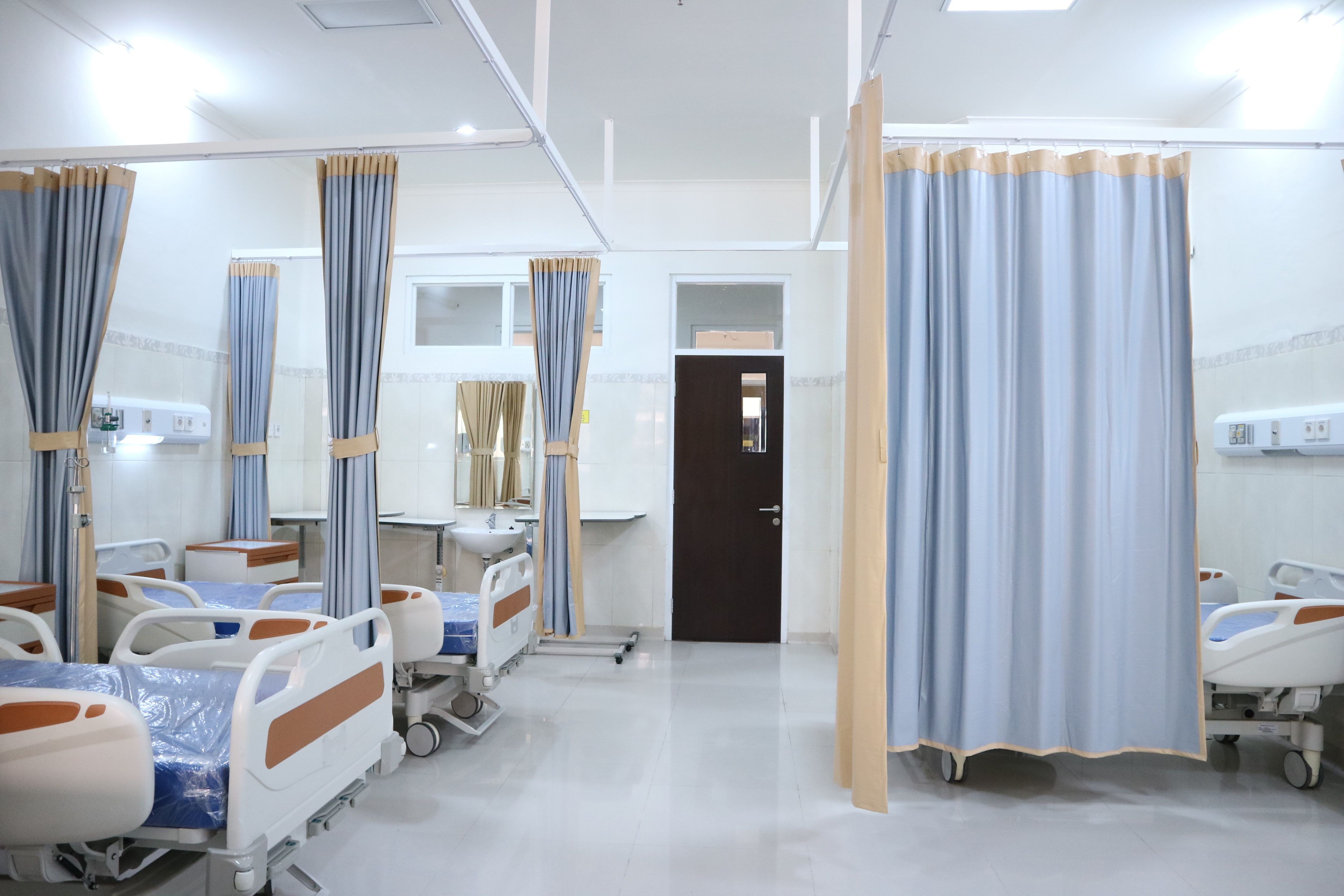Article
Hospital Relocation Results in a Decline in C Difficile Infections
Author(s):
The new hospital featured 50% private rooms, as well as regular cleaning and other preventative measures for C difficile infections.

New research suggests environmental improvements and private hospital rooms could reduce the rate of hospital-onset clostridium difficile infections (CDI).
A team, led by Junji Shiode, Department of Internal Medicine, Okayama Saiseikai General Hospital, identified changes in the incidence of hospital-onset C difficile infections following relocation to a newly built hospital with 50% private rooms, while also evaluating the associated risk factors.
Hospital-onset CDI often occurs due to both patient and environmental risk factors.
In the retrospective study, the investigators assessed trends in quarterly CDI incidences prior to and after the relocation using segmented regression analysis model. This included the timing of the hospital relocation.
They also assessed the association between C difficile infection incidence and environmental factors at the ward-level using a linear regression analyses model. The study took place between January 1, 2013 and June 30, 2019, which was 3 years prior to and 3.5 years after the relocation.
Hospital Relocation
The patients were originally treated at the Okayama Saiseikai General Hospital (OSGH), a teaching hospital in Okayama City, Japan, but moved to a nearby new hospital building on January 1, 2016.
OSGH is an acute care hospital with 553 beds and 15 departments, with approximately 50% of patients admitted because of gastrointestinal (GI), hepatic, biliary, pancreatic, and respiratory diseases.
The investigators documented environmental conditions and cleaning of patient rooms throughout the entire study. The hospital also followed a specific protocol for CDI prevention, which included recommendations for handwashing for patients and individuals who came into contact with infected patients, protective gear, disinfectant, and quarantines.
Overall, there were 322 hospital-onset CDI cases in 524,475 patient-days in the old hospital over the 3-year period. This was compared to 62 infections in 531,697 patient days in the new hospital over the 3.5 year period.
Hospital-Onset CDI
Overall, the incidence rate of hospital-onset CDI decreased from 6.14 to 1.17 per 10,000 patient-days in the old and new hospitals, respectively.
To go with that, the community-onset CDI incidence rate decreased from 1.71 to 0.46 per 1000 admissions.
Prior to relocation, there was no downward trend identified (Coef. 0.005, 95% CI, -0.053 to 0.063, P = 0.85), but after the relocation, there was a significant downward trend (Coef. -0.111, 95% CI, -0.185 to -0.038, P = 0.006). The number of cases decreased by 11% every 3 months.
Using the Poisson regression analysis, the investigators calculated an IRR of 0.19 (95% CI, 0.15 to 0.25, P ≤ 0.001) around the time of hospital relocation. This represents an 81% reduction in hospital-onset CDI cases at the new hospital, which was not transient, but continued for at least 3.5 years after the relocation.
The hospital-onset incidence of CDI was positively correlated with the community-onset CDI incidence, but inversely correlated with the private room ration (adjusted R2 = 0.83).
Community-Onset CDI
In addition, nearly half of the patients with community-onset CDI had been hospitalized within 28 days preceding the onset.
Similarly, using the Poisson regression analysis, incidence rate ratio (IRR) was 0.27 (95% CI, 0.16 to 0.44, P < 0.001) around the time of hospital relocation and there were no significant downward trends before relocation (Coef. -0.006, 95% CI, -0.086 to 0.073, P = 0.87).
The investigators also found the incidence of community-onset CDI was the strongest predictor of hospital-onset CDI incidence, with each community case increase per 1000 admissions linked to a 2.1 increase in hospital-onset infections per 10,000 patient-days (P <0.001, R2 = 0.73).
“Environmental improvements after relocation may have reduced the reservoir of C. difficile, resulting in a decrease in the number of asymptomatic carriers and [community-onset] CDI patients,” the authors wrote. “Relocation to a new hospital significantly reduced [hospital-onset] CDI incidence, concomitantly decreasing the incidence of [community-onset] CDI, potentially due to environmental improvements.”
The study, “Correlation between hospital-onset and community-onset Clostridioides difficile infection incidence: ward-level analysis following hospital relocation,” was published online in the American Journal of Infection Control.





